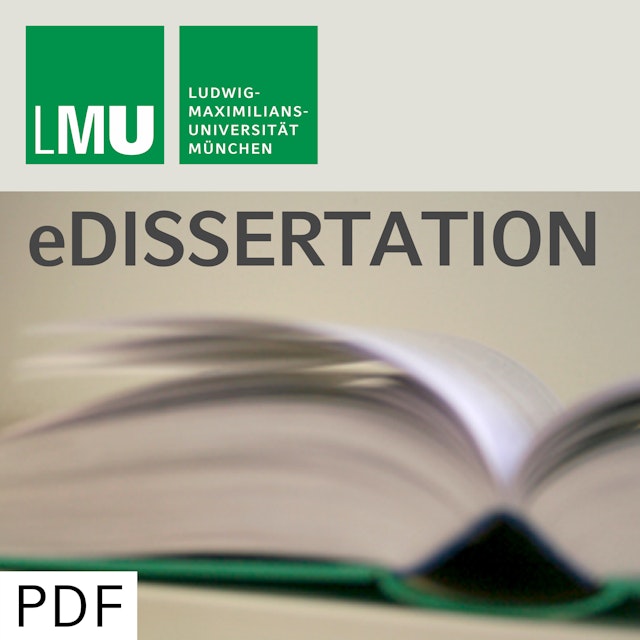The process of the production of new neurons is called adult neurogenesis. It occurs in specific regions in the adult mammalian brain. The new neurons are being produced by so called adult neural stem cells (aNSCs). Two niches that harbour these cells are the subgranular zone (SGZ) of the dentate gyrus of the hippocampus and the subependymal zone (SEZ) of the lateral ventricle. aNSCs in the SEZ produce transit-amplifying progenitors (TAPs) which give rise to neuroblasts (NBs) that migrate via the rostral migratory stream (RMS) to the olfactory bulb (OB) where they mature to different interneuron subtypes. The properties of the aNSCs in these regions have been extensively investigated either by in vitro or in vivo population studies. However, little is known about the behaviour of an individual aNSC in the SEZ. In order to overcome this missing knowledge, an analysis method was established in this thesis by using double heterozygous mice for GLASTCreERT2 and R26R-Confetti. This method allows the lineage tracing of aNSCs in the murine brain. By titration of the dose of Tamoxifen that was injected intraperitoneally into these mice, sparse labelling of individual GLAST+ aNSCs was achieved. This method was then used to analyse the behaviour of single aNSCs of the SEZ, as well as their progeny (TAPs, NBs and neurons) over the course of time.
These aNSCs are able to produce a large progeny already within 3 and 7 days after induction and show a drive towards neuronal maturation in between 3 and 8 weeks. The amplification step occurs at the level of the progeny. This analysis at the single cell level showed insights into the temporal and spatial profile of aNSCs. Compared to other analyses performed at the population level, the progeny of aNSCs in the SEZ reduces with time. It seems that the continuous neurogenesis is maintained at the population level and therefore reflects a population property. Furthermore, it was found that a single aNSC is capable of producing multiple interneuron subtypes, however the majority of cells produced are the deep granule interneuron subtype.
The podcast Medizinische Fakultät - Digitale Hochschulschriften der LMU - Teil 18/19 is embedded on this page from an open RSS feed. All files, descriptions, artwork and other metadata from the RSS-feed is the property of the podcast owner and not affiliated with or validated by Podplay.
